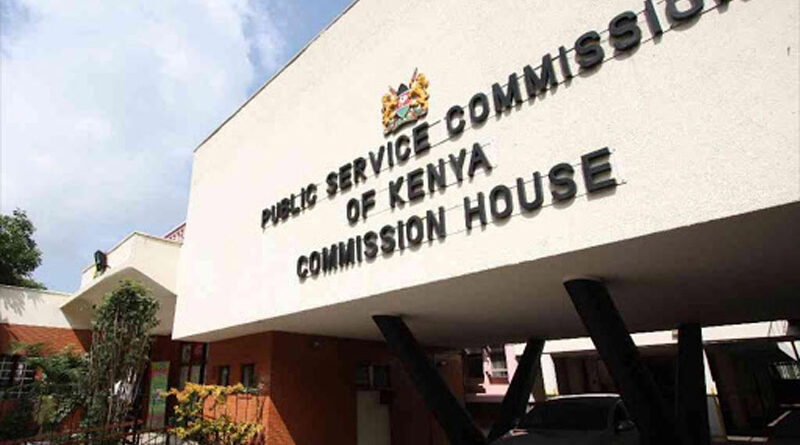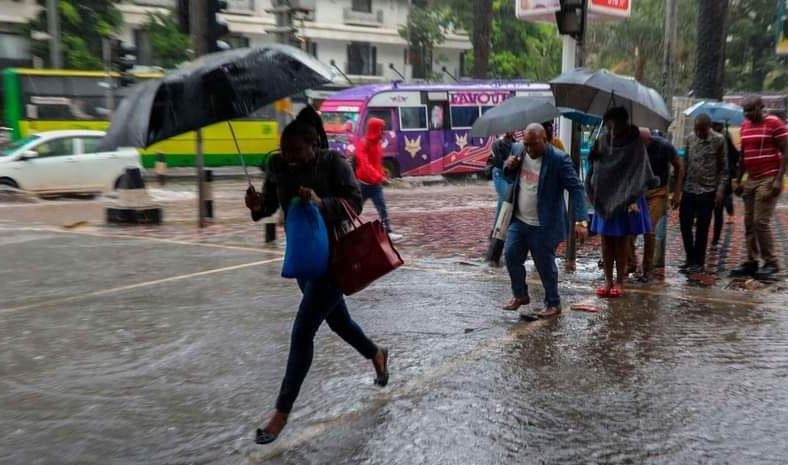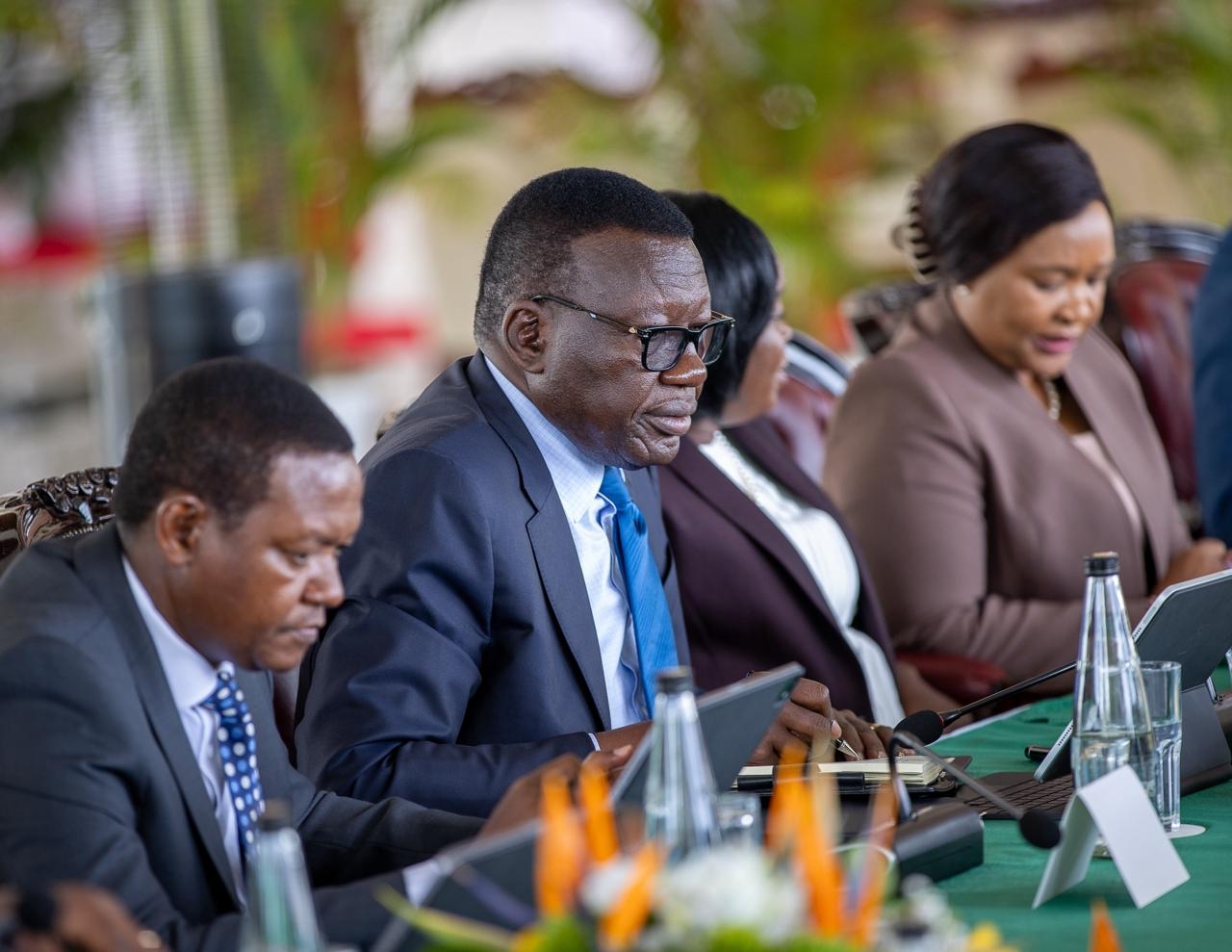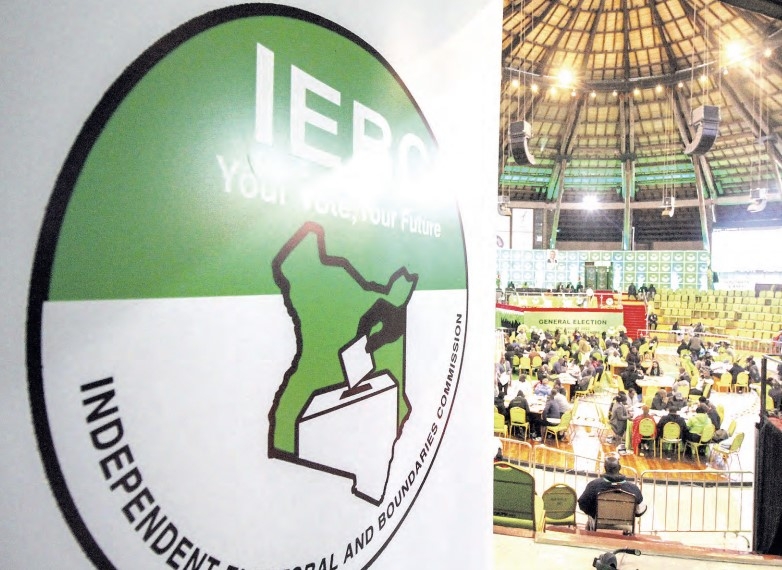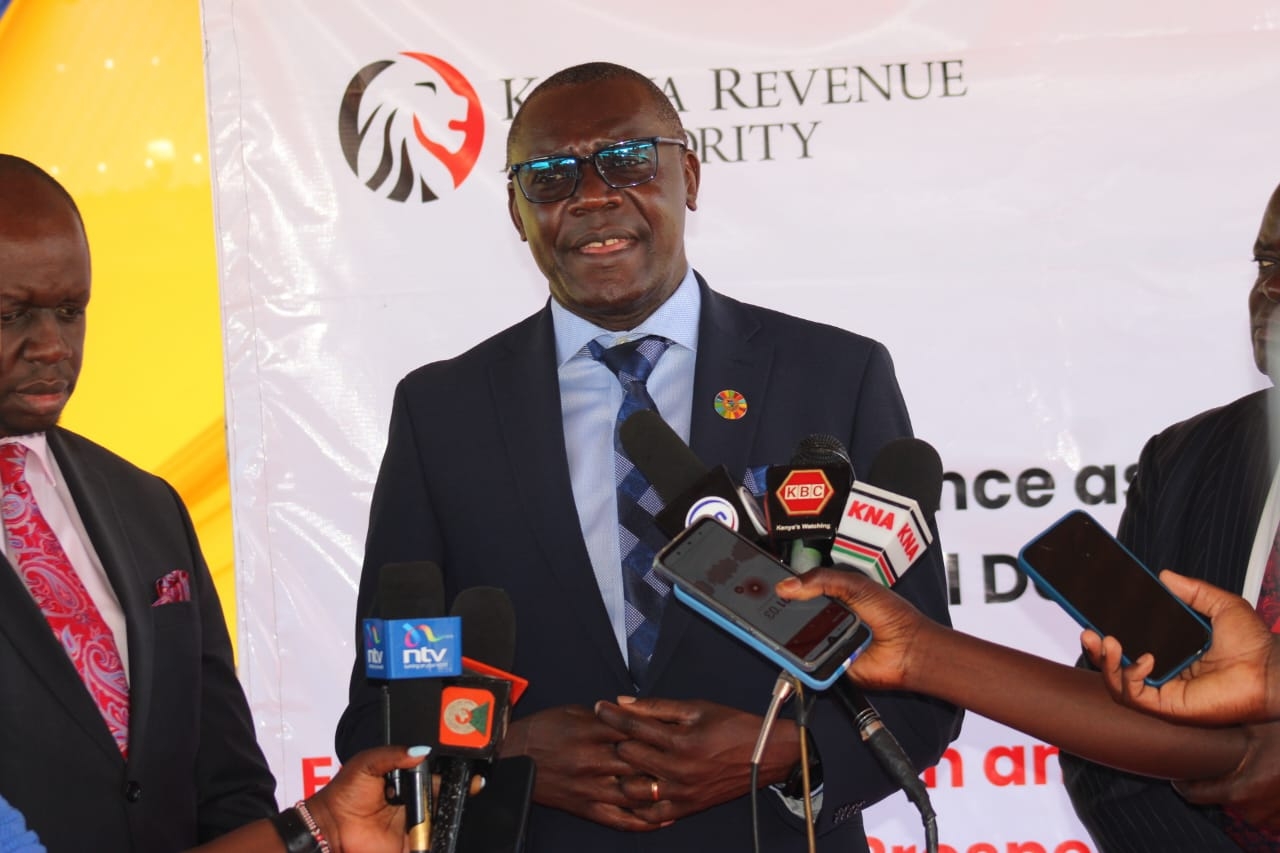The Port of Mombasa is riding on efficiency and expansions to ward-off competition from neighbouring harbours, mainly Dar es Salaam which is pushing for a bigger stake on transit business.
Latest data shows Mombasa is experiencing a boom in business as vessel numbers continue to increase, even as the country goes through a tensed, but peaceful election period.
The port is expected to receive a total of 38 cargo vessels in the next two weeks.
“At the container terminals, the port will handle 22 vessels, with the oil and multipurpose terminals handling five tankers and 11 vessels, respectively,” management noted.
There has also been a rise in the number of car imports through Mombasa which management points to the “ever-increasing demand in the region.”
On Monday– car carrier-Dream Diamond docked at the facility, bringing in a total of 1,918 units.
“Motor vehicle units through the East and Central Africa gateway Port of Mombasa continues to register a steady rise,” KPA said.
Oficial data shows 126,415 units were handled at the port last year, compared to 101,220 in 2020, representing an increase of 24 per cent.
There has also been a steady growth in steel and iron products through the Port of Mombasa, bolstered by a boom in the construction and real estate sectors in the country and the region.
Overall, the number of vessels calling at the port have been on the rise, according to the Shippers Council of Eastern Africa (SCEA).
This comes with the reopening of the Chinese market after a lockdown in March-May.
Key port facilities in China, among them Shaangai has roared back to business,As China remains Kenya’s biggest international import source.
“Alot of vessels are now back on voyages,”SCEA chief executive Gilbert Lang’at told the Star.
HEAVY INVESTMENT
The multi-billion investments at Mombasa seem to be paying off as Kenya remains a key entry and exit point for imports and exports into and out of the region.
They include the Second Container Terminal whose second phase became operational this year.
The first phase of the three-phased project, which was completed in February 2016 and commissioned for operations in September 2016, increased the port’s annual capacity by 550,000 containers.
It cost Sh26 billion.
The second phase constructed at a cost of about Sh32 billion has increased the port’s annual capacity by 450,000 containers, bringing the total annual capacity to 2.1 million containers.
The third and final phase of the Mombasa Port second container terminal is expected to kick off next year, setting the port on track to achieving a capacity of 2.5 million containers annually.
On final completion, the facility will have three berths with quay lengths of 230, 320 and 350 metres. This provides room for the docking of the largest cargo ships.
The project is part of the Mombasa Port Development Programme which targets larger vessels, giving the port a competitive edge over Dar es Salaam and Djibouti ports.
Mombasa port also boasts of a modern oil terminal- the new Kipevu Oil Terminal (KOT) constructed at a cost of Sh40 billion.
It is the biggest oil terminal in the region with the ability to hold and offload volumes from four vessels (three petroleum and one LPG) at once, hence save on the vessel waiting time.
In January, KPA also increased its cargo handling and operational capacity with the arrival of new cranes and a tugboat worth Sh1.9 billion.
It brought in three ship-to-shore gantry cranes for operations at the newly constructed berth 22.
The three cranes were imported from Japan at a cost Sh3.3 billion.
This increased the number of ship-to-shore gantry cranes to more than 16.
System efficiencies including the Kenya National Electronic Single Window System has ensured faster trade facilitation.
According to KenTrade CEO Amos Wangora, the system has helped improve trade facilitation processes and procedures, with automation increasing from 14 per cent to to 92 per cent.
“The system has noted a decline in the time taken in processing documents, an increase in compliance, revenue collection and visibility of documents across the supply chain,” Wangora said recently.
Kenya also recently went live on the Maritime Single Window System as the country moves to comply with the International Maritime Organization rules.
The system is used to electronically prepare and submit vessel pre-arrival and pre-departure declarations to the government agencies at the Port of Mombasa.
With the new system, it eases the process of vessel clearance for arrival and departure where shipping agents can share information almost immediately to numerous state agencies.
The Port of Mombasa is mainly serving the East Africa region’s busiest trade route, the Northern Corridor.
The 1,700 kilometre long corridor truns between Kenya, Uganda Rwanda, Burundi and Eastern D.R. Congo.
The region is also served by the 1,300 kilometre long Central Corridor that runs between Tanzania, Rwanda, Burundi, Uganda and Eastern D.R. Congo, with an exit and entry point at the port of Dar-es-Salaam.
The two corridors facilitate export and import activities within the EAC region with a combination of rail, road and lake transportation networks.
Uganda which accounts for 83.2 per cent of transit cargo through the port of Mombasa also has an alternative of using Dar, but efficiency has continued to give Mombasa a competitive edge over Dar, traders say.
South Sudan takes up 9.9 per cent of transit volumes through Mombasa while Rwanda accounts for 2.4 per cent.
By next year, the Port of Mombasa is expected to handle approximately 1.732 million TEUs up from the current 1.42 million TEUs.
It is estimated the port will handle 47 million tonnes in the next ten years, from the current 30 million tonnes and eventually 111 million tonnes by 2047.
WATCH: The biggest news in African Business

